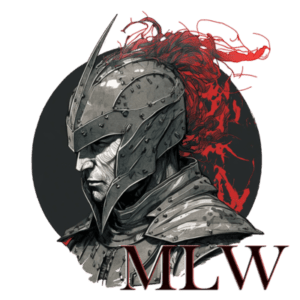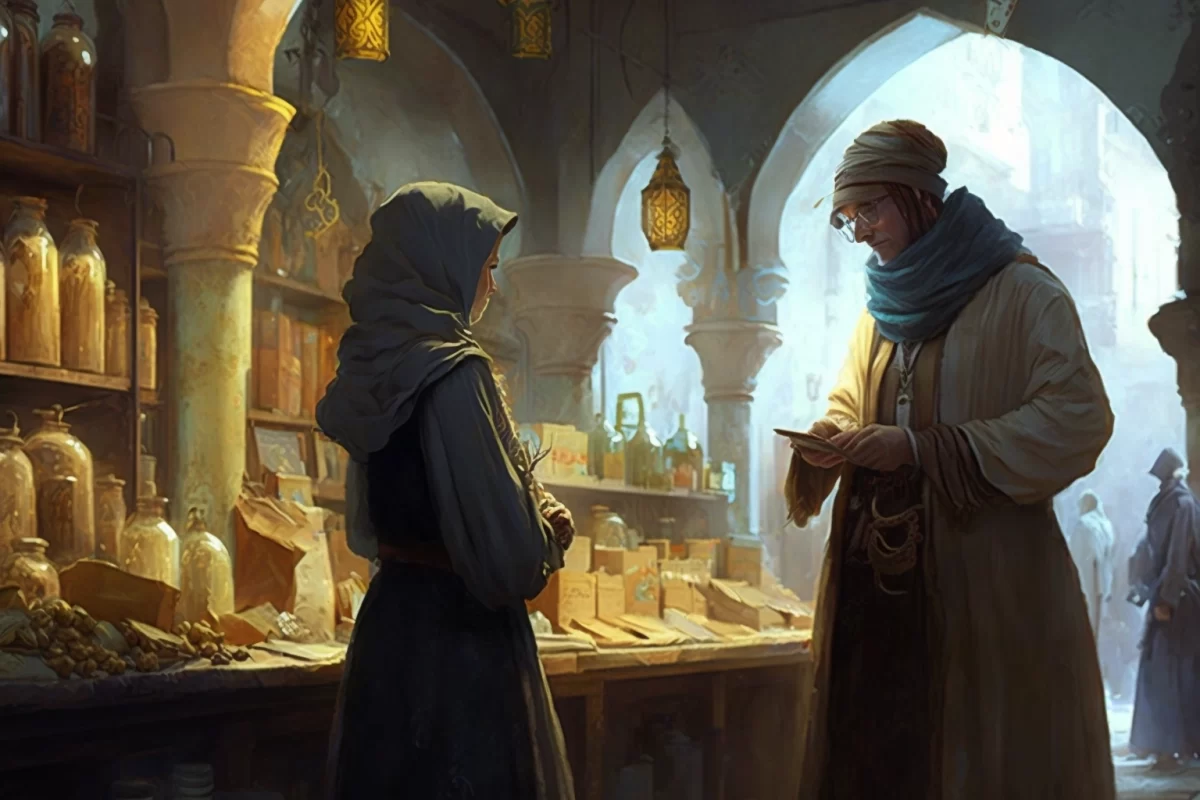There is a multitude of languages in the world of DnD, including everything from Primordial to Commonspeech. Of course, all languages aren’t spoken as frequently as others.
The metric used to measure the most common languages simply consisted of looking up the spoken language of the different creatures in various DnD literature and then adding them up.
There are a ton of other languages spoken in Dungeons and Dragons that aren’t on this list, of course, so keep that in mind. Even if your character doesn’t know some of these languages, they can be acquired, although the difficulty of doing so varies.
So, let’s go through the most commonly spoken languages among the creatures of Faerûn and beyond. Without further ado, here’s the list!
1. Commonspeech
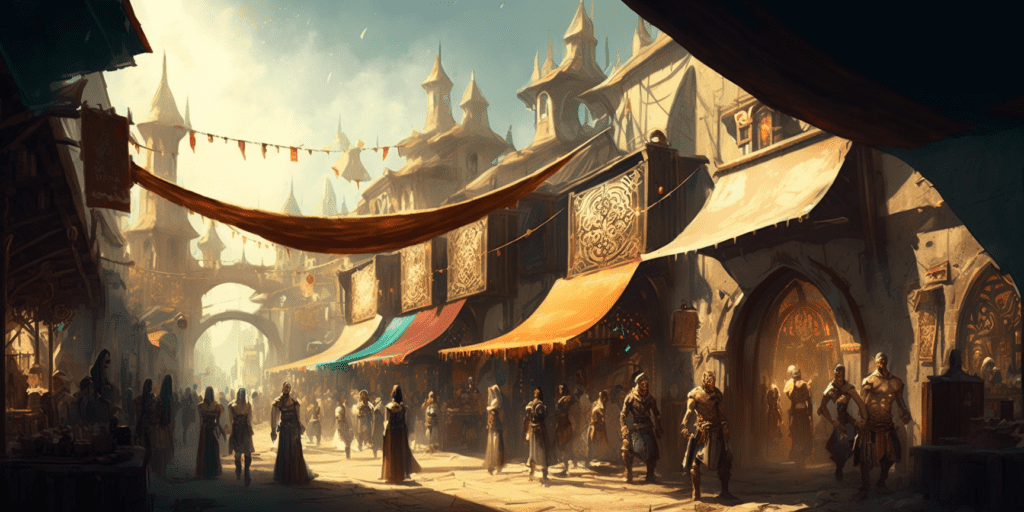
Commonspeech, Common Tongue, or simply Common is, by far, the most common language in the world of DnD. Commonspeech is a universal language used by a lot of different humanoid races and other creatures for diplomacy, commerce, and trading.
For example, Common is the language in which players communicate, which means that all published playable races know the Common Tongue. The vast majority of NPCs know the language as well.
It’s comparable with English or Spanish in our world: different areas of the world have different languages, and Commonspeech is the bridge that allows us to communicate across those different areas.
Like any other language, Commonspeech also has a wide range of dialects depending on where you are in the world, but communication is possible among different accents.
2. Draconic

Draconic is a language spoken by a lot of different monsters and creatures in Dungeons and Dragons. Dragons, Dragonborn, Kobold, and more speak Draconic as their first language.
Draconic is not only common in the world of DnD, but it has a bunch of practical purposes for you as a player as well. For example, Draconic is often regarded as the language of magic, and a lot of Wizards and Sorcerers learn the language so they can decipher magic texts and the like.
Interestingly, a lot of creatures that can speak Draconic can not speak the Common Tongue, which means that if you want to communicate with them, you’re going to have to learn Draconic.
3. Elvish
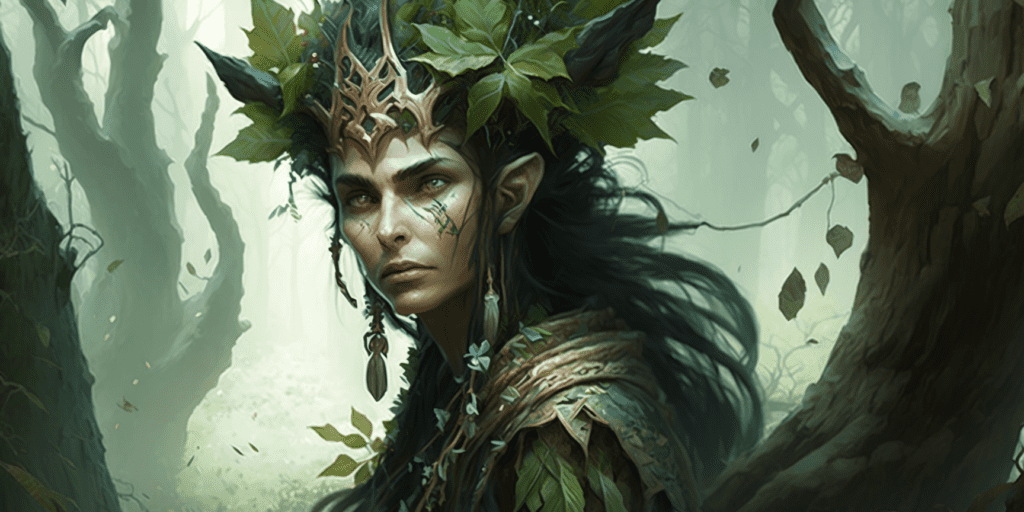
Elvish is the third most commonly spoken language in Dungeons and Dragons. All the different Elven races speak it, of course, and that might be what bumps it up on the list.
Elvenkind includes Drow, High Elves, Wood Elves, Eladrin, Sea Elves, and Shadar-Kai. As you can see, that’s a lot of different subspecies, which means that a lot of people speak Elvish.
However, Elvish isn’t exclusive to the listed races above. Other races oftentimes learn the language to connect to Elven culture. Plus, there are many scrolls, artifacts, and so on that are written in Elvish which can make the language valuable to know.
4. Abyssal
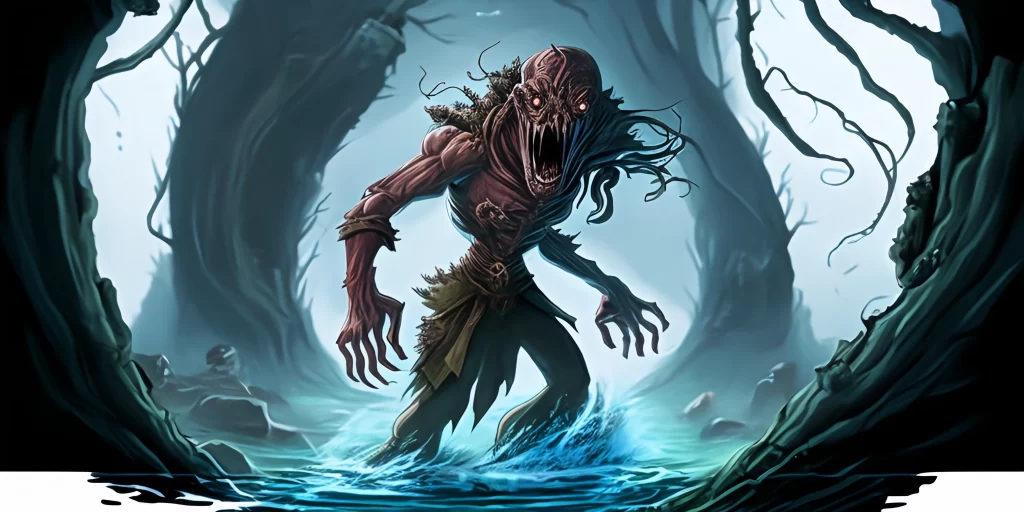
Abyssal is the language of Demons, spoken mostly by Demons and other evil monsters. Among playable races, Abyssal isn’t particularly common.
Only Abyssal Tieflings, which is a Tiefling variant, can speak Abyssal. Abyssal is known to sound very guttural and harsh, with many sharp and hissing sounds.
So, why is Abyssal so common in general? Well, let’s just conclude that there are a lot of Demons in the source material of DnD, which bumps the language up on this list.
5. Undercommon
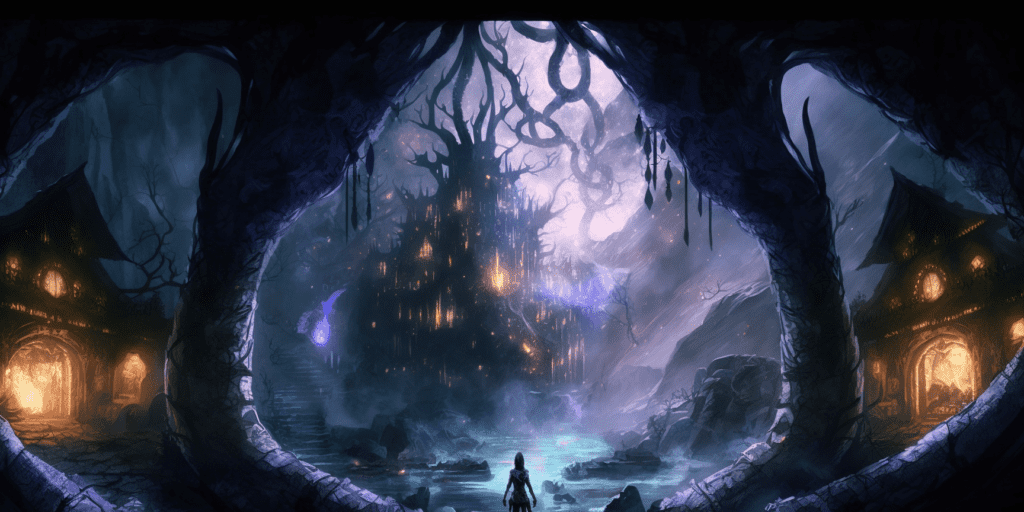
Undercommon is like the Common Tongue, but for people living in the Underdark. The Underdark is massive, so it’s no surprise that many races and creatures speak the language.
For example, Drow, Duergar, Illithids, Kobolds, and many more creatures speak Undercommon. It’s certainly a very useful language to learn if you’re planning on traversing the Underdark since you’re going to be able to communicate with pretty much everyone.
Many creatures in the Underdark aren’t very welcoming to newcomers, which makes it extra valuable to learn. Some playable races get Undercommon as a starting language.
6. Giant
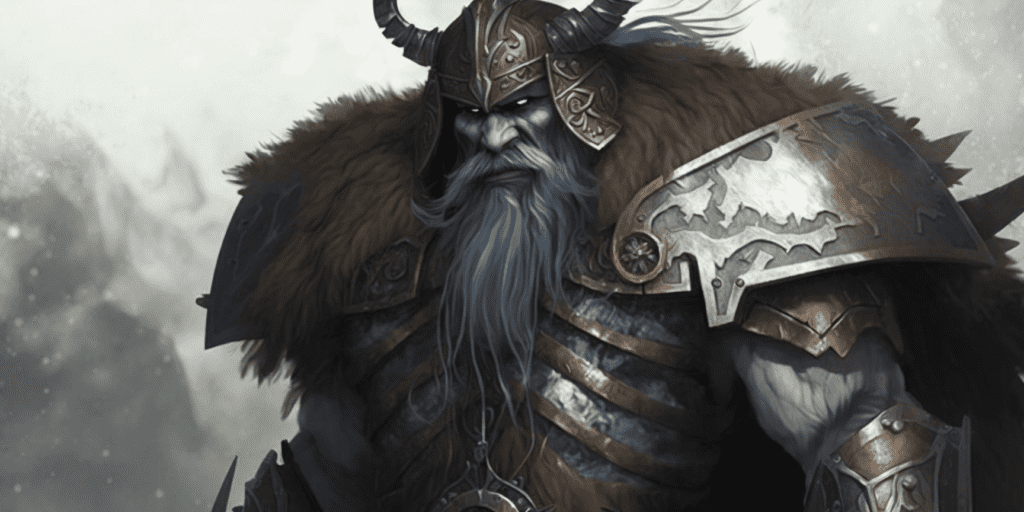
“Giant”, or Jotun to native speakers, is the language of giants. As with elves, there are many different kinds of giants, which makes this a relatively common language in DnD.
If you ever stand face-to-face with a giant, it will come in handy to know their language, as you might be able to avoid a fight, or even better, forge some sort of alliance.
Furthermore, Jotun is one of the oldest languages in DnD. This means that there’s ancient knowledge and treasure to be had if you can decipher old documents and runes.
7. Dwarvish
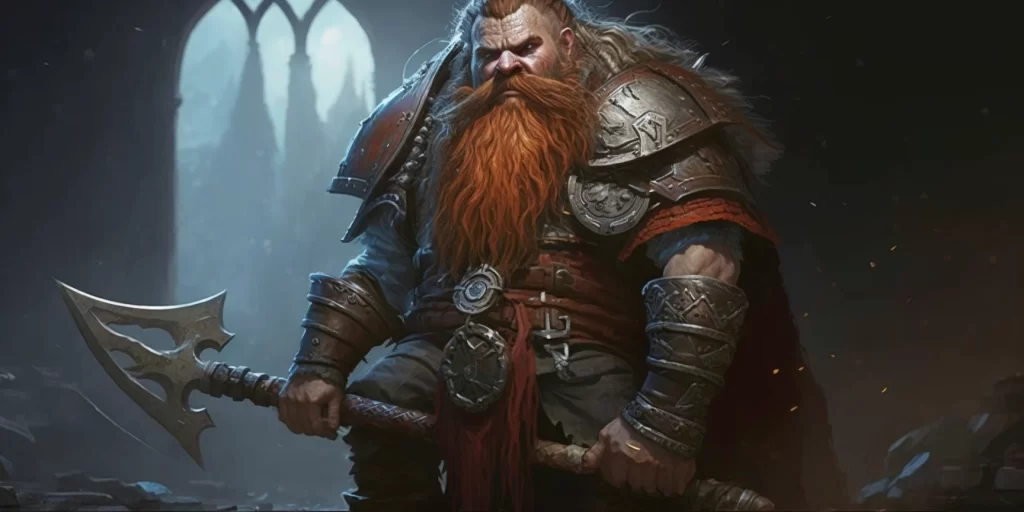
Dwarvish is also a relatively popular language in Dungeons and Dragons. There are a ton of different dialects and variations in the Dwarvish language depending on where you are in the world, and some are harder to understand than others.
One thing to note about Dwarvish is that they share alphabets with other languages such as Orcish and Giant, so native Dwarvish speakers may have an easier time learning other languages that share their alphabet.
Many Dwarvish native speakers dwell in the Underdark or other far-off locations, and you can gain people’s trust easier in these places if you know Dwarvish.
8. Infernal
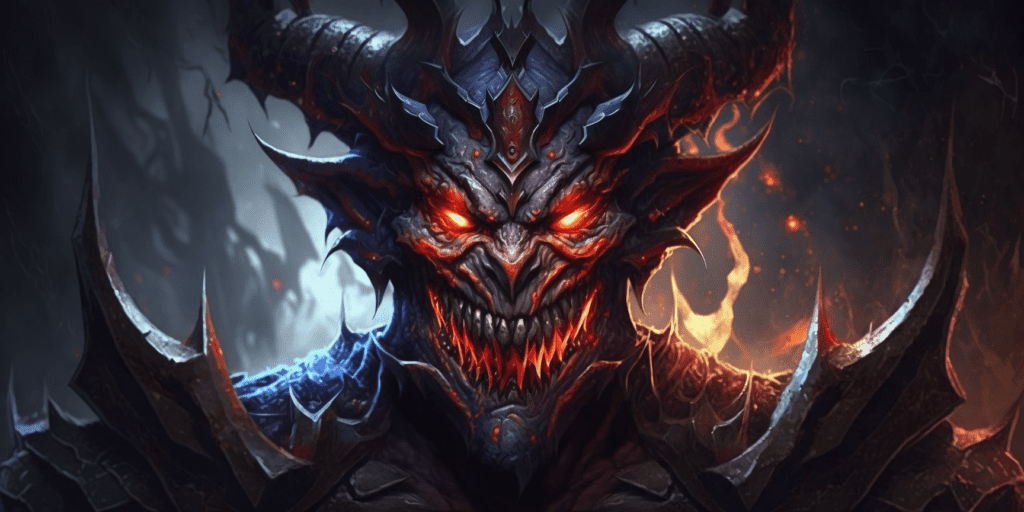
Infernal is the language of the Nine Hells in DnD. Infernal is mostly spoken by devils and other similar races, but there are a lot of them, which means that it’s still a fairly common language.
Tieflings know both Common and Infernal from the start, which means that they can communicate with devils given the chance.
Infernal is one of the Exotic languages of DnD, along with other alien languages such as Draconic, Abyssal, and Celestial. Exotic languages are usually harder to learn because of their unfamiliarity to other, more known humanoid languages.
9. Sylvan

Sylvan is the language of the fey. It’s spoken primarily by the fey, and it’s an ancient language. Elven is partly based on Sylvan, and they share alphabets.
It’s comparable to Latin in some ways: not many people write or speak Latin, but it’s important nonetheless, and the precursor to other more modern languages.
Fey aren’t usually evil or good, but somewhere in between. If you can speak Sylvan, the fey are known to be open to giving information that would otherwise be unknowable.
Sylvan is another Exotic language, so it’s harder to learn than other, more common languages, and there aren’t any published playable races that allow you to speak Sylvan from the get-go.
10. Goblin
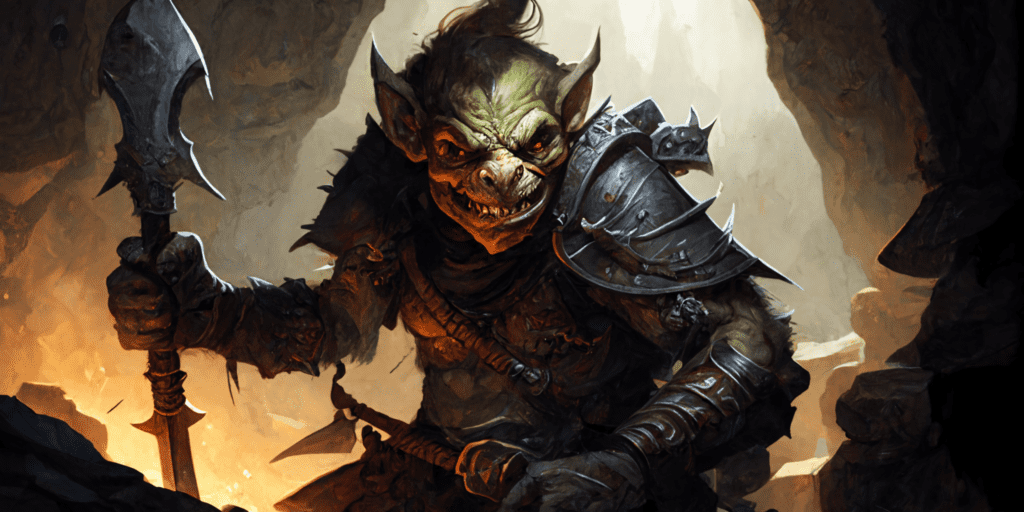
Goblin is the language of Goblins, Hobgoblins, and Bugbears. It’s known to be a very crude and sharp language, with a lot of guttural sounds.
Goblins speak the Common Tongue, however, so it can be argued that the Goblin tongue, or Ghukliak as it’s called in their language, isn’t all that useful.
Of course, it’s still useful to some extent. People tend to be more sympathetic to you when you know their native language. Gaining a Goblin’s trust this way, you can temporarily work together to complete a task that otherwise would have been harder.
More DnD-related content:
